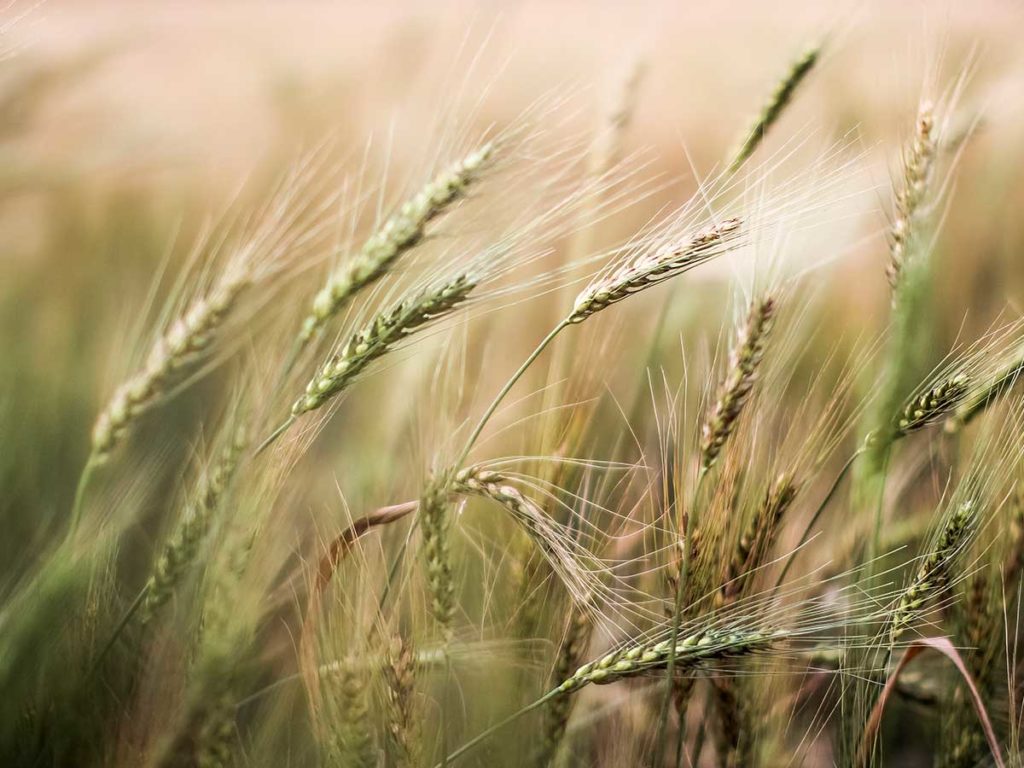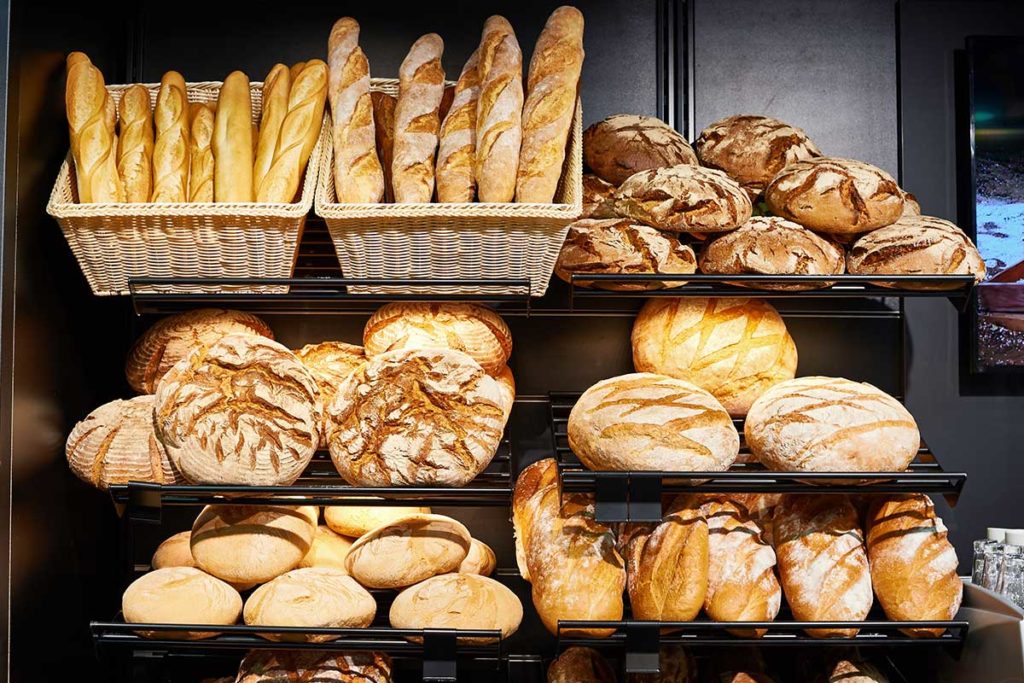Brewing
Malt is used for brewing light and dark beers and for producing spirits. Even for home brewing, malt is one of the most important ingredients for producing beer. The term “brewing malt” refers to varieties specially suited to the production of beer. Conversely, malt beer denotes a special beer with a dark colour and low alcohol content. This is an overarching term that can be further differentiated. Top-fermented malt beer includes beer varieties brewed with top-fermenting yeast, where the yeast colonies can be skimmed off at the end of the production process. By contrast, yeast falls to the bottom in bottom-fermented malt beer. In Germany, barley is the most popular type of grain for brewing.
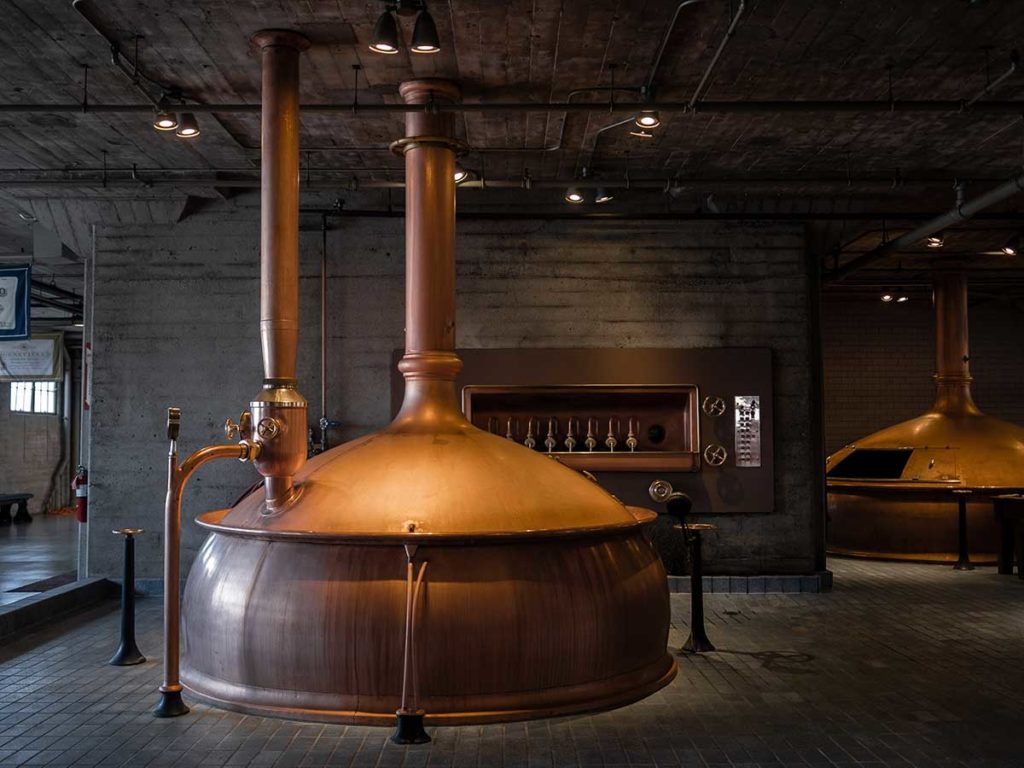
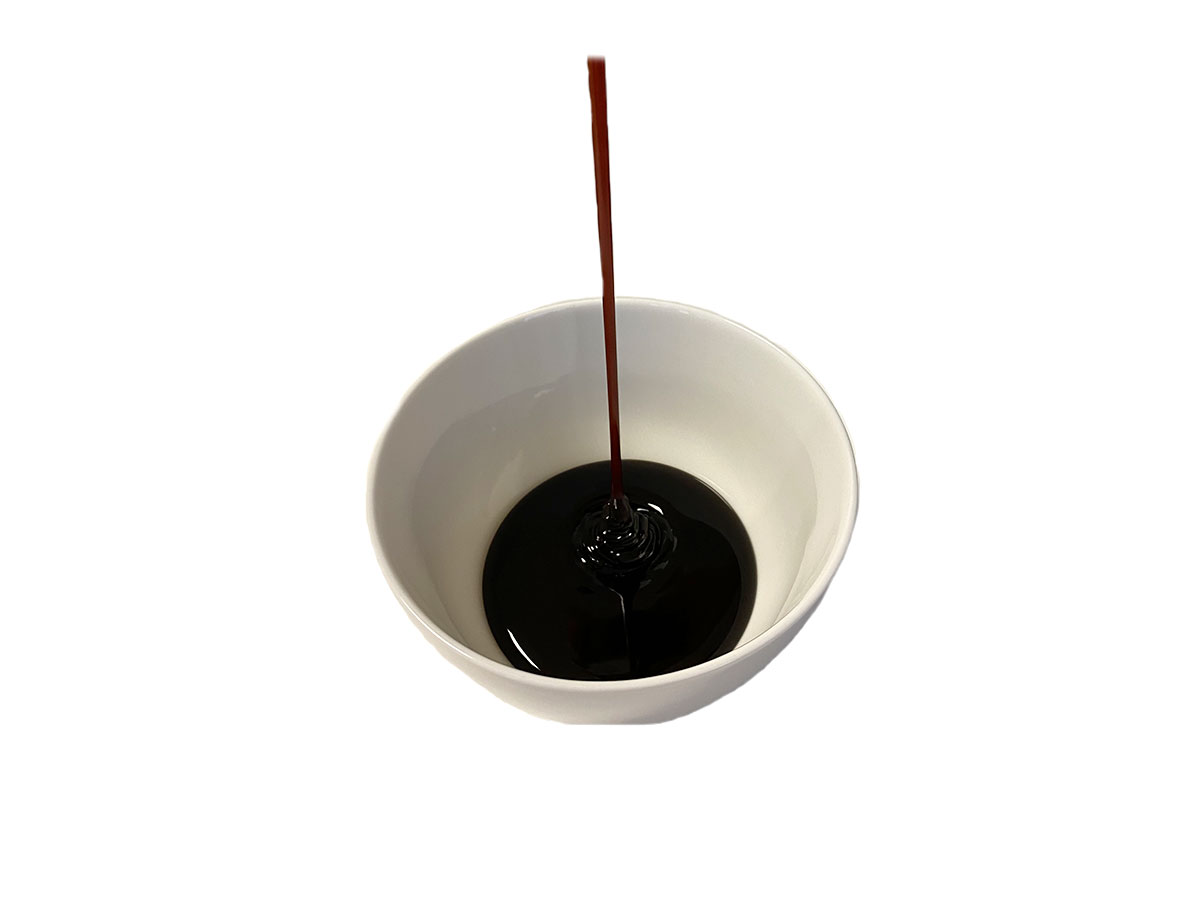 Malt extract
Malt extract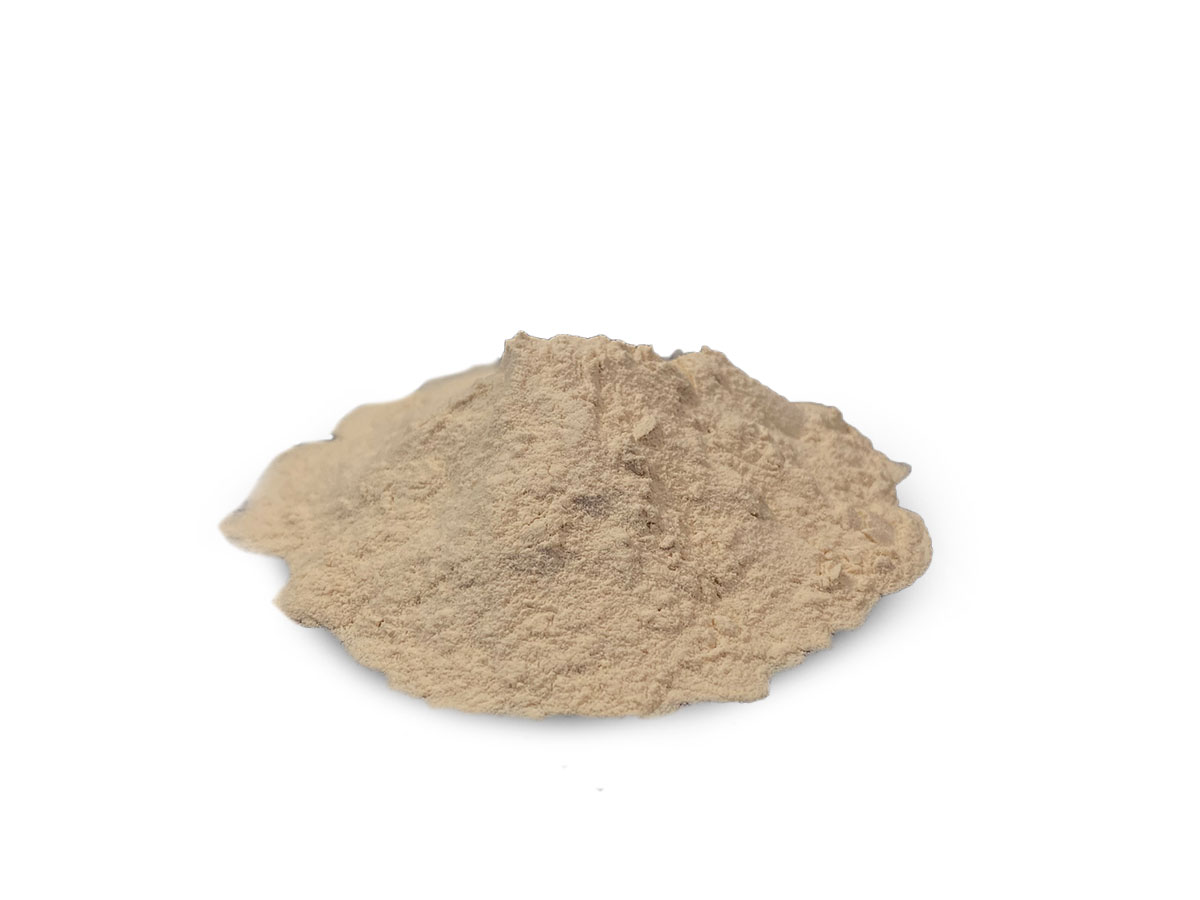 Malt extract powder
Malt extract powder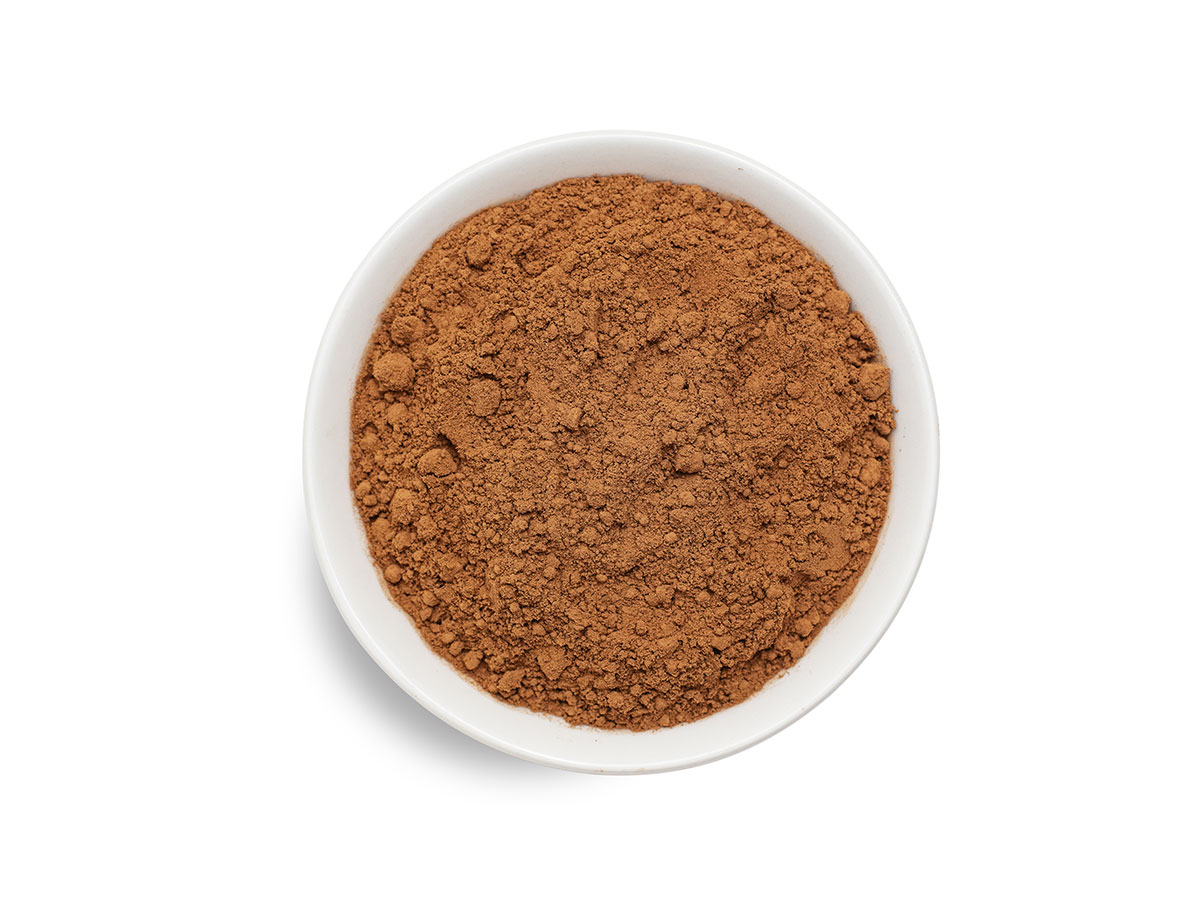 Malt flour
Malt flour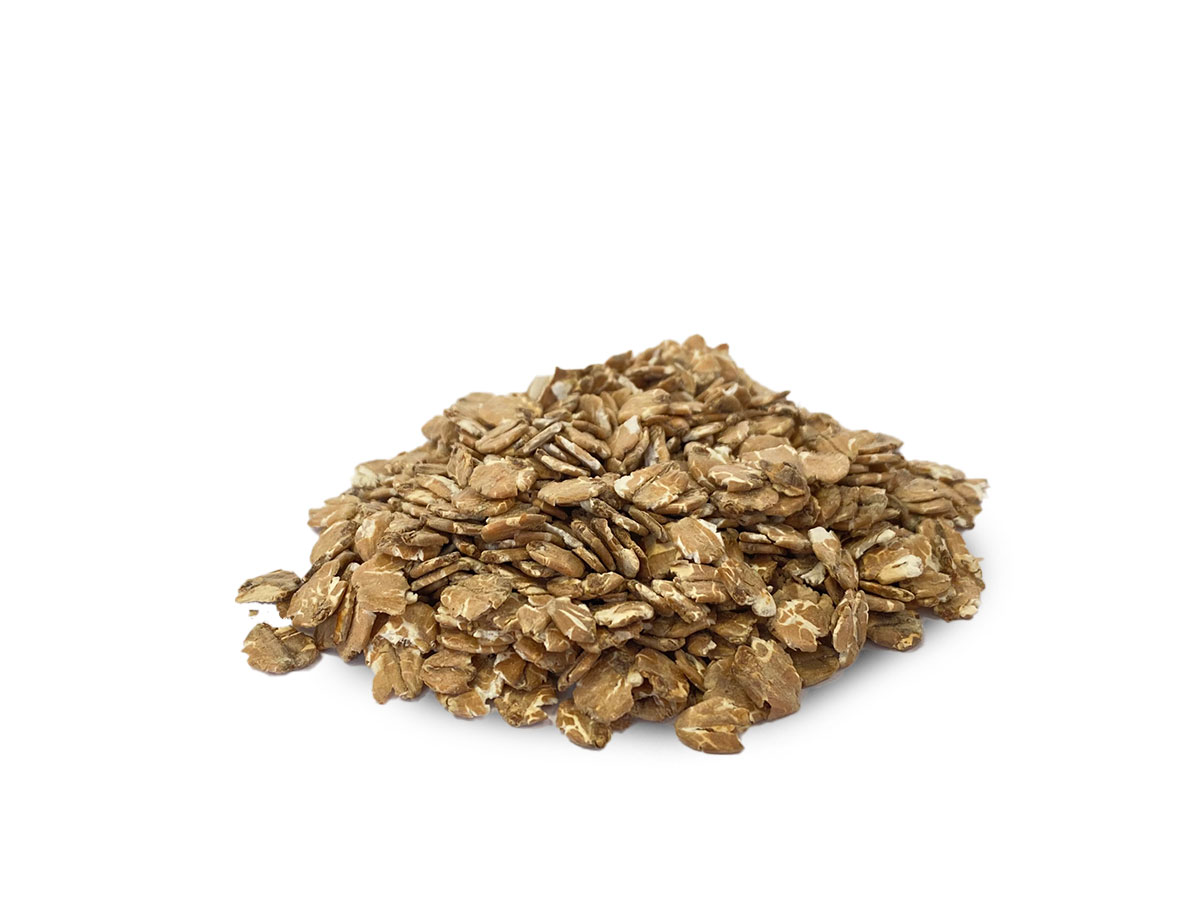 Malt flakes
Malt flakes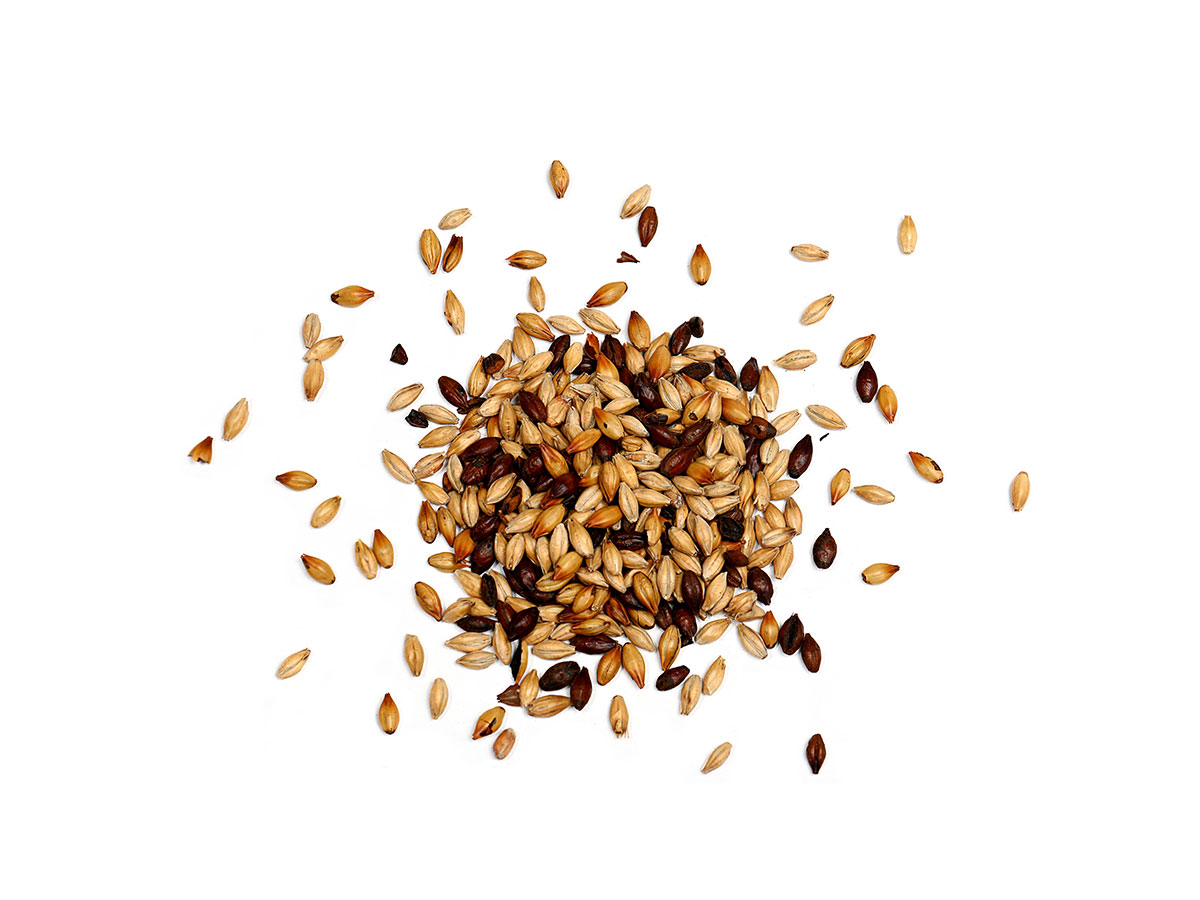 Malt kernels
Malt kernels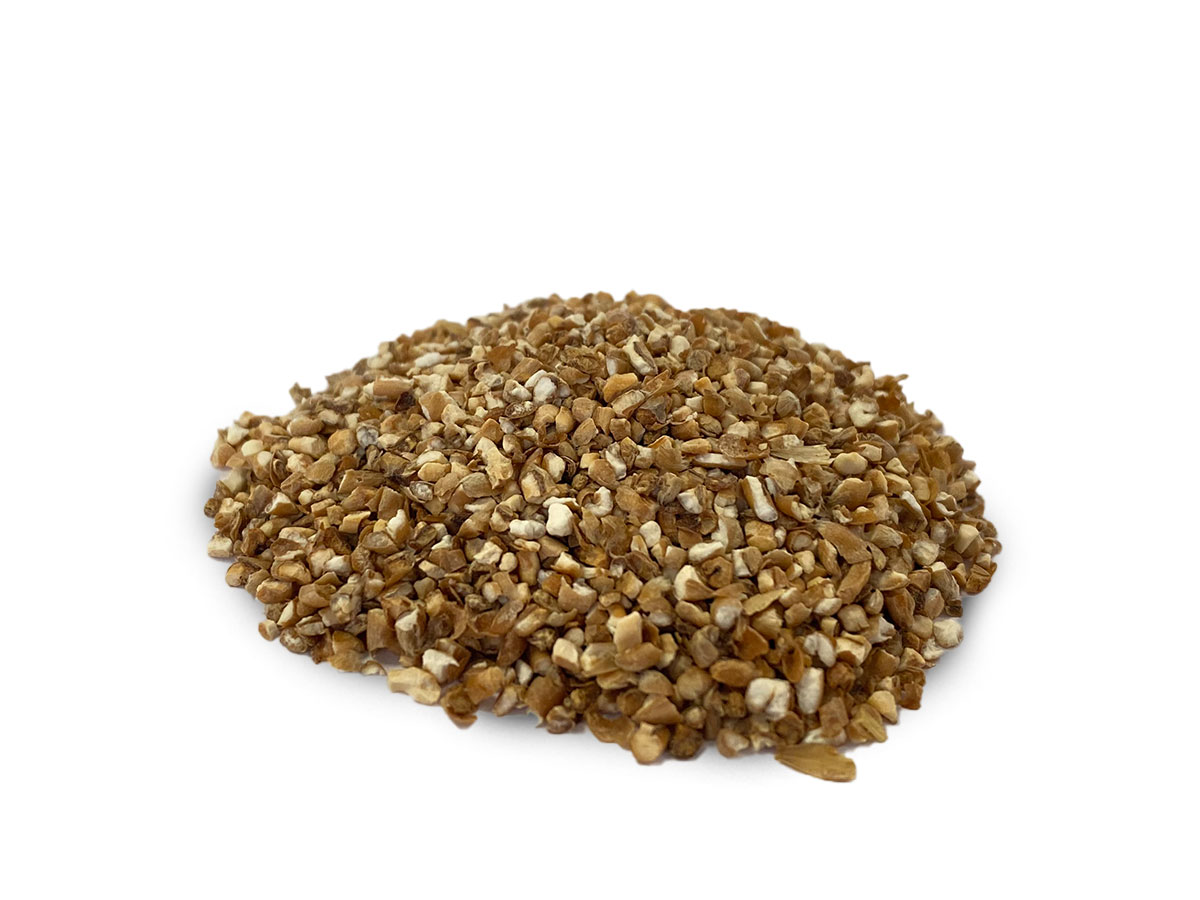 Malt grist
Malt grist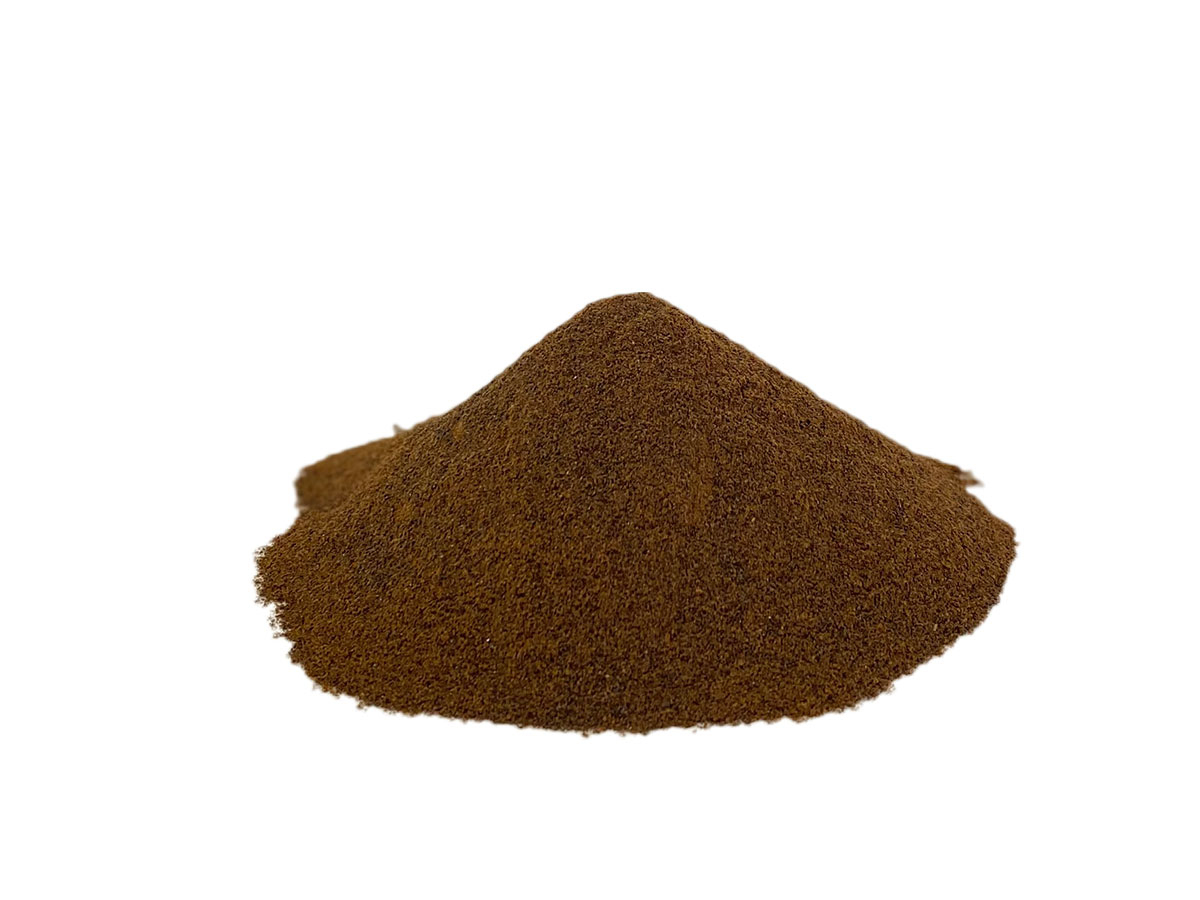 Rye malt powder
Rye malt powder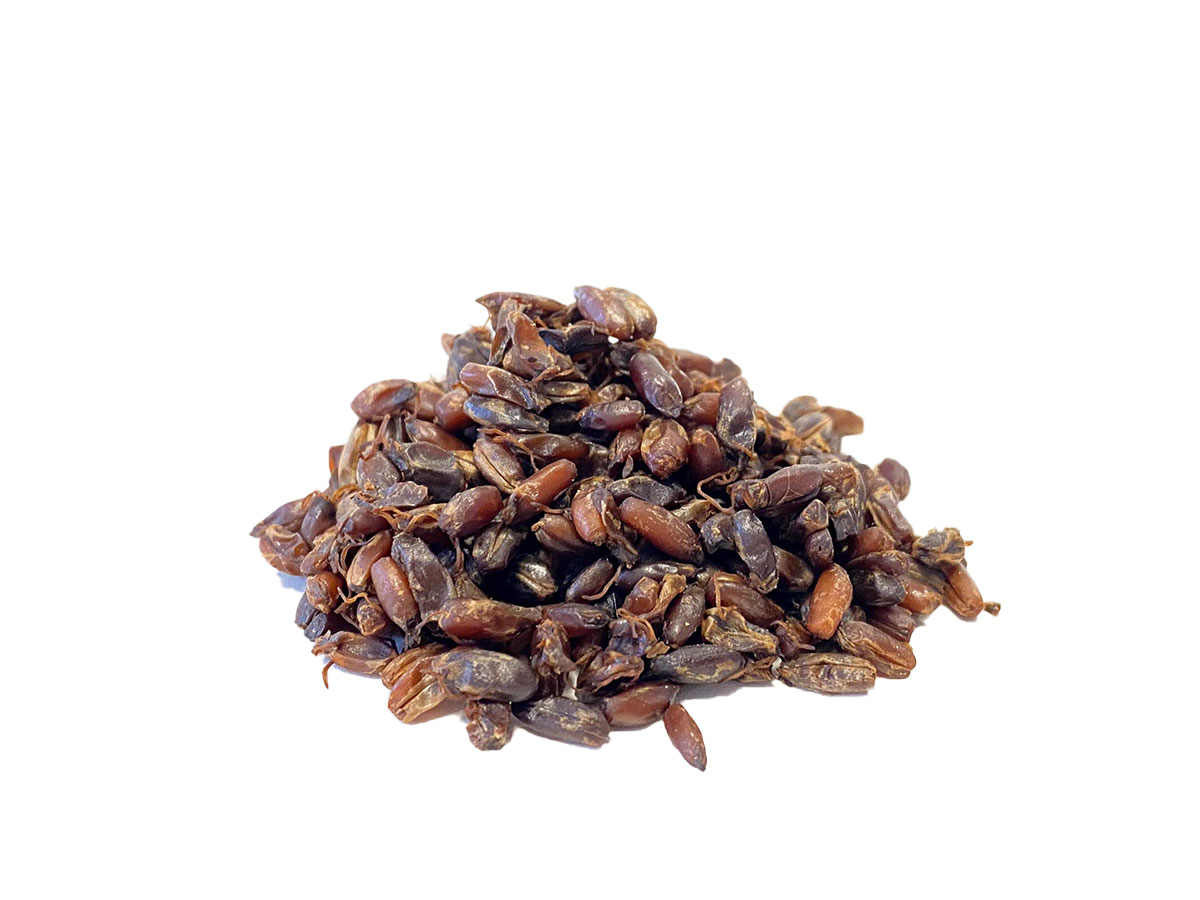 Rye germ
Rye germ